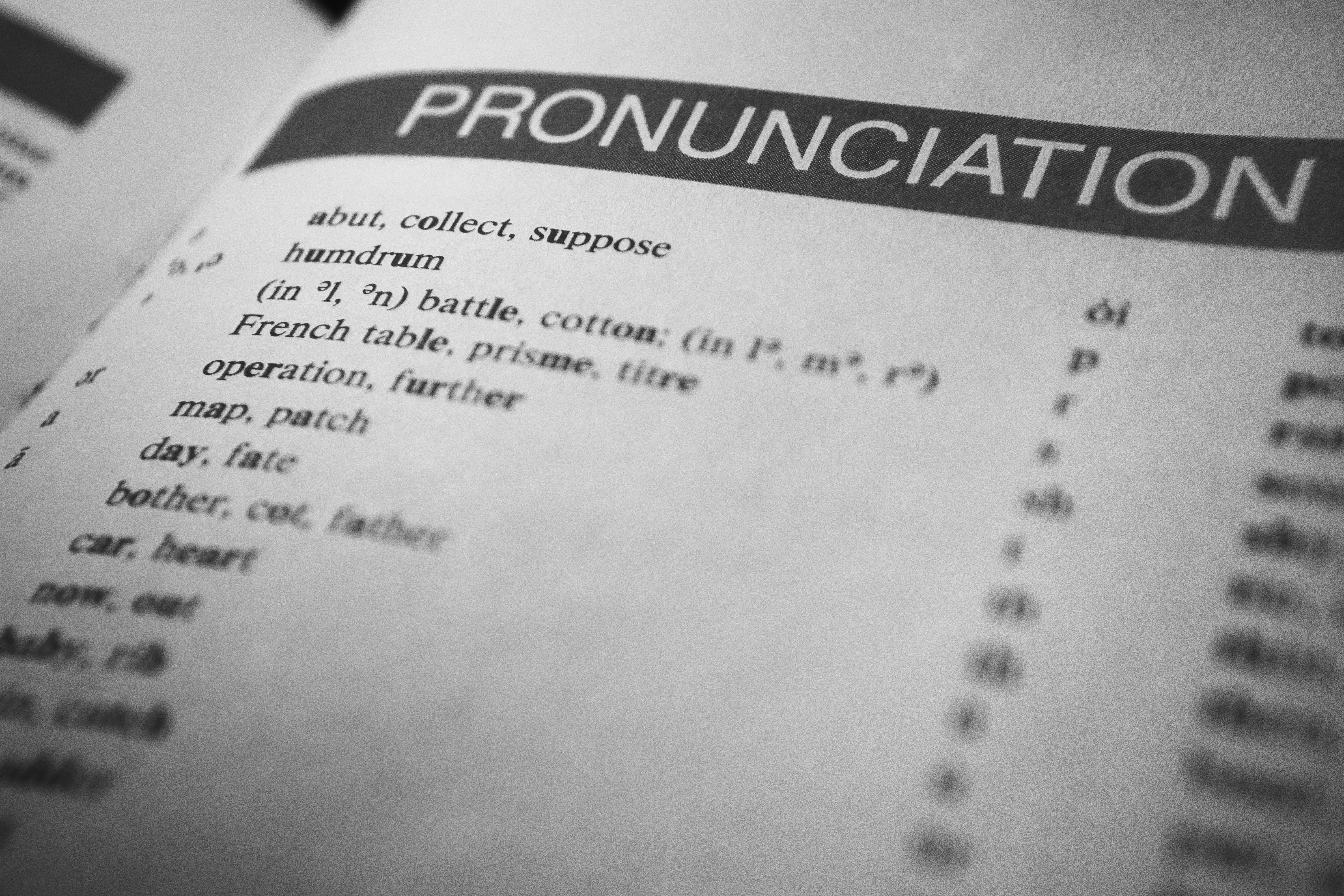
ORAL COMMUNICATION
OVERALL EXPECTATIONS
By the end of Grade 8, students will:
1. listen in order to understand and respond appropriately in a variety of situations for
a variety of purposes;
2. use speaking skills and strategies appropriately to communicate with different audiences
for a variety of purposes;
3. reflect on and identify their strengths as listeners and speakers, areas for improvement, and
the strategies they found most helpful in oral communication situations.
READING
OVERALL EXPECTATIONS
By the end of Grade 8, students will:
1. read and demonstrate an understanding of a variety of literary, graphic, and informational
texts, using a range of strategies to construct meaning;
2. recognize a variety of text forms, text features, and stylistic elements and demonstrate
understanding of how they help communicate meaning;
3. use knowledge of words and cueing systems to read fluently;
4. reflect on and identify their strengths as readers, areas for improvement, and the strategies
they found most helpful before, during, and after reading.
WRITING
OVERALL EXPECTATIONS
By the end of Grade 8, students will:
1. generate, gather, and organize ideas and information to write for an intended purpose
and audience;
2. draft and revise their writing, using a variety of informational, literary, and graphic forms
and stylistic elements appropriate for the purpose and audience;
3. use editing, proofreading, and publishing skills and strategies, and knowledge of language
conventions, to correct errors, refine expression, and present their work effectively;
4. reflect on and identify their strengths as writers, areas for improvement, and the strategies
they found most helpful at different stages in the writing process.
MEDIA LITERACY
OVERALL EXPECTATIONS
By the end of Grade 8, students will:
1. demonstrate an understanding of a variety of media texts;
2. identify some media forms and explain how the conventions and techniques associated
with them are used to create meaning;
3. create a variety of media texts for different purposes and audiences, using appropriate
forms, conventions, and techniques;
4. reflect on and identify their strengths as media interpreters and creators, areas for
improvement, and the strategies they found most helpful in understanding and creating
media texts.
- Teacher: Bouyela Education Corporation